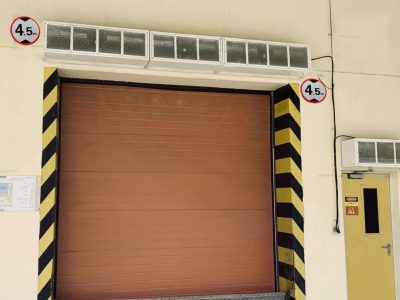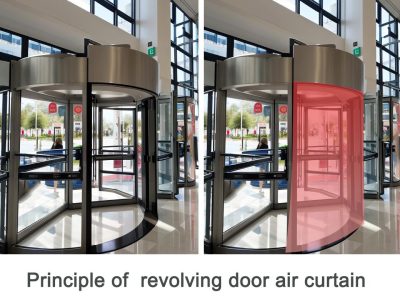O que é unidade de bobina de fãs
Unidade de fancOil(FCU) é o equipamento final principal do sistema central de ar condicionado, que regula a temperatura interna através da circulação de água quente e fria, e é amplamente utilizado em hotéis, Edifícios de escritórios e residências. Sua alta eficiência e economia de energia, Recursos de instalação flexíveis tornam a primeira escolha para o sistema HVAC moderno de construção.
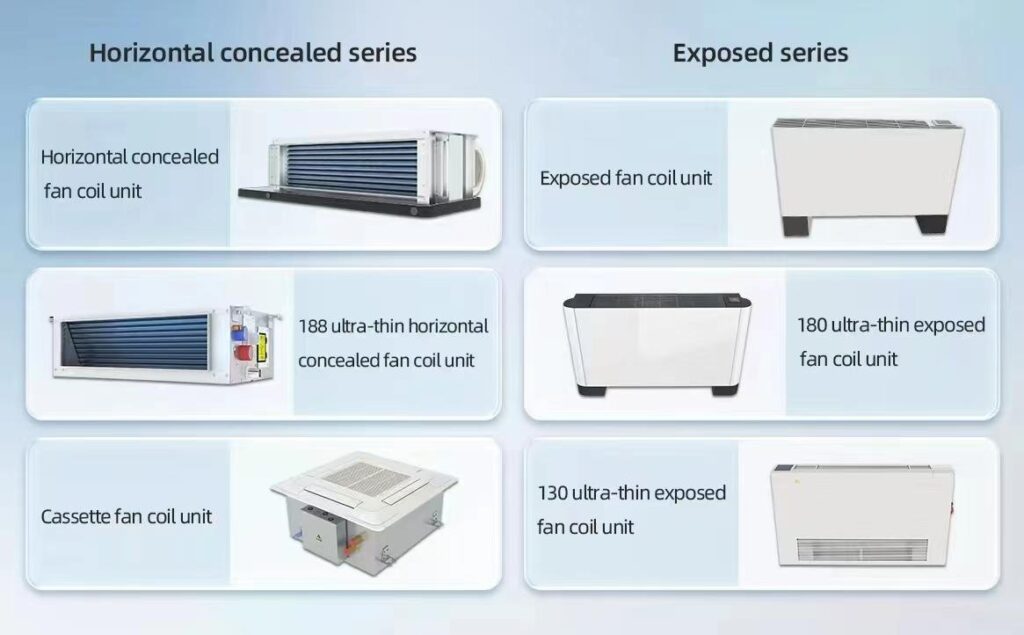
Princípio de trabalho da unidade de bobina de fãs
FCU consiste em fã, permutador de calor, motor e outros componentes, O princípio de trabalho é dividido em três etapas:
1. Circulação de mídia quente e fria: água fria (7° c) ou água quente flui através do trocador de calor e troca calor com o ar.
2. Ar condicionado: O ventilador dirige o ar interno através do trocador de calor para realizar o resfriamento ou aquecimento.
3. Controle inteligente: Apoiar termostato ou sistema de automação de construção (como o protocolo Bacnet) regulação precisa.
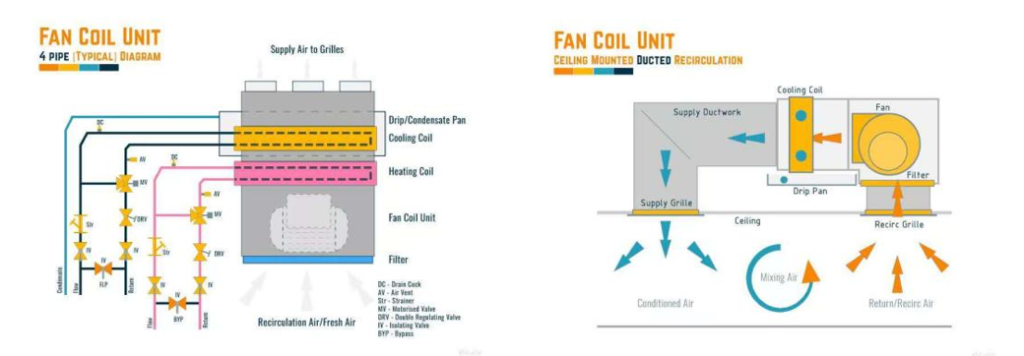
O principal tipo de unidade de bobina de ventilador
Método de instalação:
1.FCU exposto: como montado na parede, vertical, Adequado para o espaço que foi decorado, Manutenção conveniente
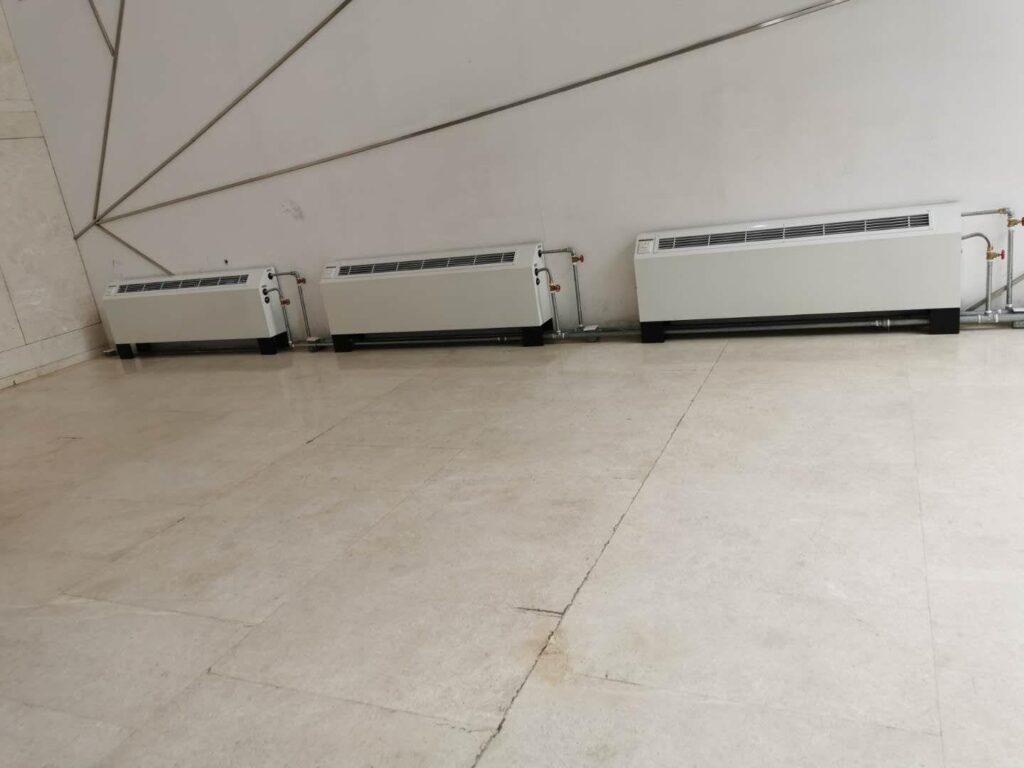
2.FCU oculto: escondido no teto, Bonito e salvador de espaço, requer tubulação pré-enterrada.

3. FCU vertical: parede ou piso montado, Adequado para lugares sem teto.
4.Cassete/parede montado: tamanho compacto, Adequado para espaço pequeno ou controle de temperatura localizado.

Volume de ar e pressão:
1.Tipo de pressão estática baixa (≤30pa): Adequado para o pequeno espaço (como residencial).
2.Alta pressão estática (≥50Pa): Para atender ao grande espaço e suprimento de ar de longa distância (como shopping centers).
Qual é a vantagem da unidade de bobina de ventilador?
.1Economia de energia e alta eficiência: Índice de eficiência energética (Eer) de 3.5 ou mais, reduzindo os custos operacionais.
2.Design silencioso: O ruído do motor de alta qualidade é tão baixo quanto 30dB, Adequado para hospitais e hotéis.
3.Adaptação flexível: Compatível com dois controle (troca quente e fria) e quatro controle (Sincronizado quente e frio) sistemas.
7 Chaves para escolher o modelo adequado da unidade de bobina de ventilador
1.Requisito de carga de resfriamento/aquecimento
2. Volume de ar e controle de ruído
3.Tipo de instalação
4.Índice de eficiência energética e conservação de energia
5.Controle remoto ou controle BMS/Modbus
6. Material do trocador de aquecedores
7. Motor padrão ou motor DC sem escova


